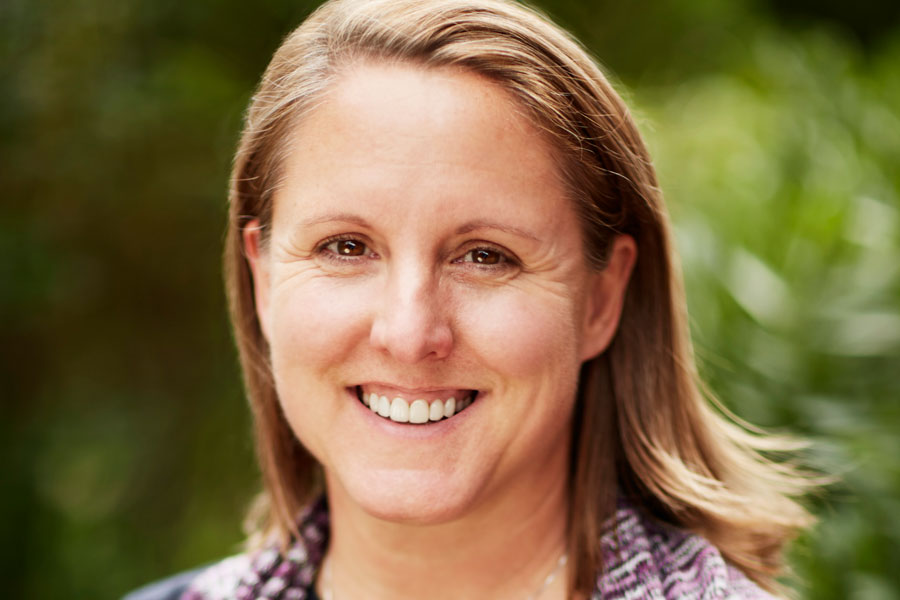 I was in the prime of my wealth management career. About to turn 30, I managed investments for 20-plus multigenerational high-net-worth families. I’d spent several years climbing the corporate ladder, and finding “success.” And then the epiphany struck—success wasn’t about titles and more money; there had to be something deeper.
I was in the prime of my wealth management career. About to turn 30, I managed investments for 20-plus multigenerational high-net-worth families. I’d spent several years climbing the corporate ladder, and finding “success.” And then the epiphany struck—success wasn’t about titles and more money; there had to be something deeper.
I started to see a clear separation between people of wealth and people of scarcity; the poor and struggling individuals with whom I came in contact from volunteering. I realized I could bridge the gap, and that I had the empathy, passion and skill set to help.
It took me until age 33 to fulfill one particular goal, to travel in Africa. It marked an entry into impact investing, a process by which people define their values—what they care about, the change they want to see—and link them to both their financial goals.
How is an effective impact strategy built? It involves the following four elements:
1. Uncover values and goals
Impact investing is similar to traditional investing, just a step or two deeper. Traditional investing fundamentals are carried through to an impact investing strategy. The process is designed to identify the issues investors care about it, and the methods they’ll employ to effect change.
It begins by asking two questions:
- If you could only “move the needle” on one or two issue areas, what would they be and why?
- How would each and every investment you make have an impact, whether it’s in their 401(k) or investment portfolio, their consumption decisions and even where to send their kids to school?
This helps to solidify why, exactly, an investor would want to engage in impact investing.
2. Develop a mission statement
These answers form the basis for an impact investing mission statement, which is both similar and different from a traditional business mission statement. It’s similar in that there is a stated intention, something like “I wish to eradicate poverty for one million people.”
It’s different in that it also contains a statement about how it will be accomplished, as well as a metric for measurement.
The why is in any mission statement. The how and what are added to an impact investing mission statement.
3. Identify areas of interest
How are investor resources then allocated among different issue areas about which they’re passionate? It’s done through something called the “values game,” a practical method for sharpening focus.
Here’s how it works:
One hundred coins are distributed with instructions to allocate among nine high-level issue areas, with the coins naturally representing investable areas both in the traditional sense and from a charitable perspective. No concern is given to guilt and/or worry; it’s a free and open exercise. Your blank canavas.
The investor might have 40 percent allocated to poverty alleviation and economic development, 22 percent to education, 33 percent to women’s empowerment, and the remainder in energy and the environment. The game consists of multiple rounds, each with accompanying questions meant to educate and illuminate investors as to what they really feel and why.
It’s about identifying how deeply, or passionately, someone feels about a particular issue area. Ultimately, it’s a dialogue. It’s coaching investors, rather than simply presenting important issue areas and attempting to determine their interest and capital allocation commitment.
4. Match goals with specific impact investment opportunities
The top three issue areas are the focus of the investment opportunity, and where to concentrate assets to match values. Because impact is subjective to the individual investor, there is no right or wrong answer. It seeks a financial return equal or better, in most cases, to a traditional investment, but it’s also looking to measure its impact
It’s also a journey, over the course of which the investor, and their definition of impact investing, will change. Ask any impact investing veteran and they’ll tell you they’re far from where they started. They’ll also argue that good philanthropists are good investors, and good investors are good philanthropists; they need not be separate.
I entered this business because I truly believe there is enough money to change the world, it simply needs to be allocated effectively. With the rise of impact investing, we have the power to utilize our money to not only garner a financial return, but change a life in the process. I challenge each of you reading to close your eyes and imagine the one issue that means the most to you. Whether it be with time, money or personal resources, I invite you to invest in that issue in whatever way you can at this moment to welcome you into the world of impact investing.




































